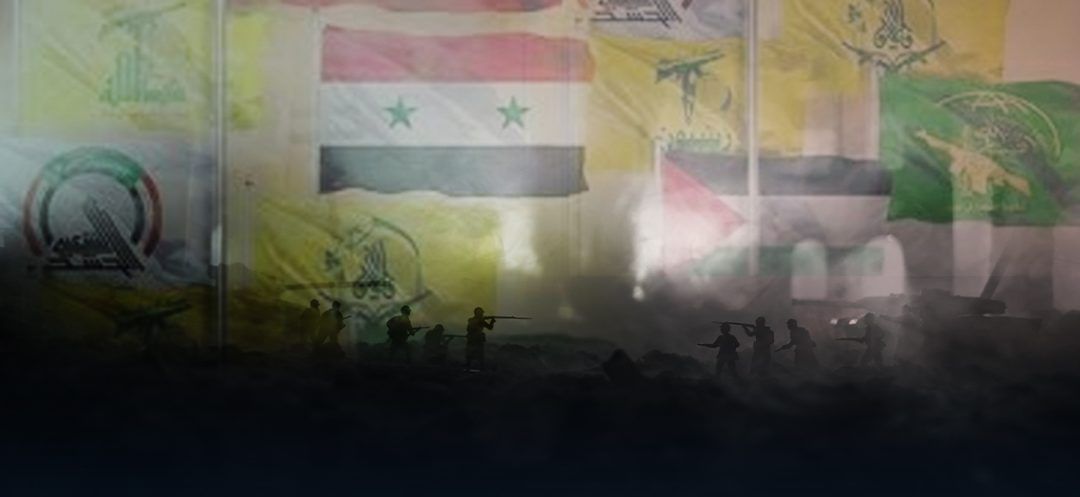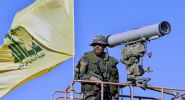
The slogan “unification of fronts” was popularized many years ago among the members of the “Axis of resistance,” or “Moumanaa axis,” which includes Iran, Syria, a number of Iraqi factions, the Houthis of Yemen, Hezbollah and the Islamic Jihad organization. Hamas, also a member, had distanced itself from the axis during the Arab spring, then joined it again afterwards.
The war waged by Israel against the Gaza Strip, as a reaction to Hamas’ October 7 attack, is still ongoing. These events constitute a serious challenge to the Axis of Resistance, as its unity is put to the test. Its lack of collective action in these trying times – whether politically or militarily – has cast doubts over the applicability of its slogan, allowing Israel more room for provocation as it continues to violate the sovereignty of Lebanon and Syria, all the way to Iran. As a matter of fact, the Hebrew State did assassinate Ismail Haniyeh, the chairman of Hamas’ political bureau, in the heart of Tehran.
On October 8, Hezbollah targeted the occupied Palestinian Territories, calling it a “support front,” given the events unfolding in Gaza. A few weeks later, the Houthis fired their first rockets at Eilat and other areas located thousands of kilometers away. As for Syria, only a few rockets were launched from its territory before everything was brought to a halt. Although nothing points to a possible Syrian participation in the conflict, the Syrian territory, including Damascus International Airport, has been subjected to continuous violations at the hands of Israel.
Some have criticized the axis of resistance, saying that Gaza is currently witnessing a genocide and that the “unification of fronts” should be achieved now more than ever. That being said, it is clear that this is easier said than done, given that the international powers are the ones calling the shots in the entire Middle East.
Additionally, the elimination of Israel, as proposed by some theorists from the Moumanaa, is impossible and inconceivable by the West, no matter the costs. The whole world has witnessed visits from Western leaders to Israel, as early as the first week of the war – the first of which being the American President Joe Biden. His move came as a surprise to many, as Biden seldom travels to war-ridden countries, let alone in the first week.
One can therefore say that the axis of resistance faces major challenges, not the least because it lacks the means – it clearly does not, and Israel is well aware of that –, but because waging an all-out war could drag the entire region into the shifting sands of unpredictability, potentially destroying the entire Middle East.
On the other hand, the “circumstances” of some members of the axis of resistance could contribute to more rationality in political and military decision-making. It is no secret that some parties, like Iran and Syria, are heavily impacted by American and international sanctions imposed on them. They are struggling, politically and socially, and don’t have the capacity to withstand open war.
Moreover, the Lebanese people’s conflicting views on the war – some local political parties are vocally opposing the potential spread of the conflict to Lebanon – are forcing Hezbollah to stray slightly from the axis to avoid further strife internally. In any case, it is imperative that the Lebanese remain united in the present circumstances, especially given the absence of a President and the total paralysis of the country’s institutions.
Uncertainty is now casting its shadow over the whole region, and the political transition in the United States is likely to make things even worse. After all, the withdrawal of Joe Biden from the upcoming elections and the candidacy of Vice President Kamala Harris complicates the situation even further.
Most importantly, the Middle East must not explode in the meantime.
Read more




Comments